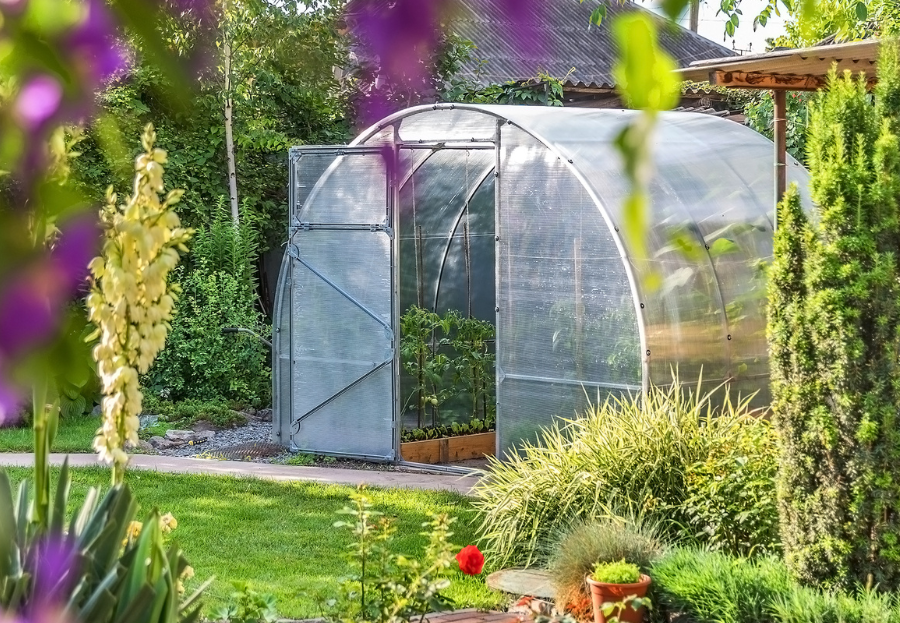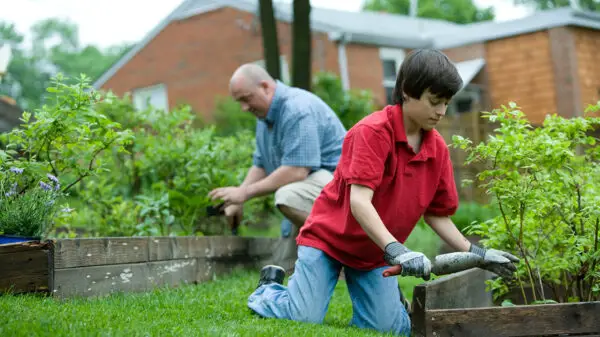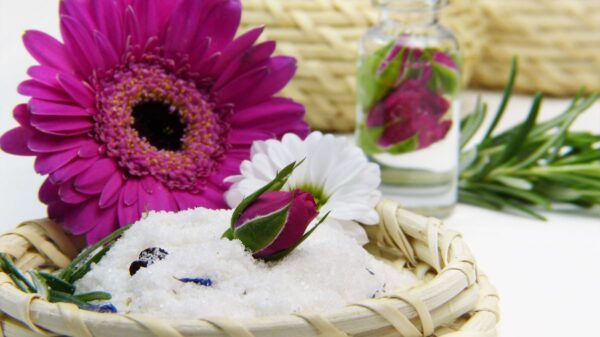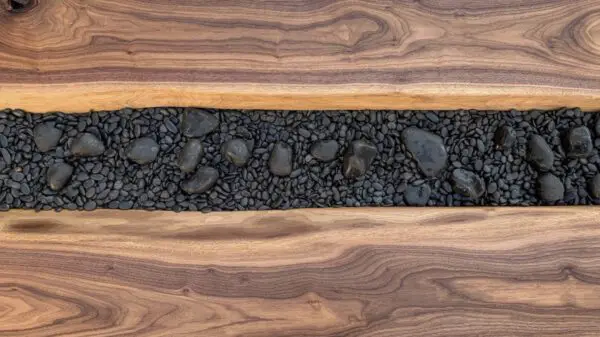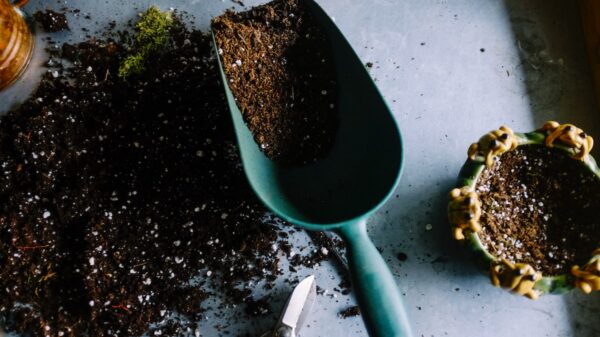Choosing the Right Home Garden Greenhouse Kit
When considering the perfect greenhouse kit, size is a key factor. Measure your available space accurately, whether it’s a sprawling yard or a modest balcony. Greenhouse kits come in various sizes, from compact hobby houses to larger structures for serious horticultural pursuits.
Material choice impacts the longevity and efficiency of a greenhouse. Polycarbonate panels are resilient, stronger than glass, and adept at retaining heat, making them excellent for areas with volatile weather. Polyethylene is a more economical option, well-suited for temporary or seasonal greenhouses due to its lighter weight and easier setup.
Freestanding greenhouses stand alone and often provide more flexibility in placement and internal layout. They can be situated for optimal sun exposure, enhancing plant growth. Lean-to variants share a wall with another structure, usually a house or garage, which can save space and utilize existing walls for heat retention.
Regarding structural durability, frame material is important. Aluminum frames ensure a lighter structure and rust resistance, crucial for longevity. Galvanized steel promises added strength, capable of holding up against severe weather conditions. If you live in regions prone to heavy snows or strong winds, opt for a sturdier construction.
Many kits offer modular designs, allowing additions as needed. This flexibility means your greenhouse can grow alongside your horticultural skills and aspirations. Consider kits with adjustable shelving or automated windows to enhance plant care by regulating ventilation and accommodating varying plant heights.
Consider the purpose of your greenhouse. Seasonal gardeners growing a few tomatoes might prefer a simpler setup, whereas enthusiasts keen on harvesting year-round or growing exotic flora would benefit from a more comprehensive setup with enhanced insulation and heating options.
Ultimately, choose a greenhouse that harmonizes with your gardening ambitions and practical circumstances. Each selection should focus on maximizing conditions for plant growth, meeting personal convenience, and fitting within budgetary constraints.
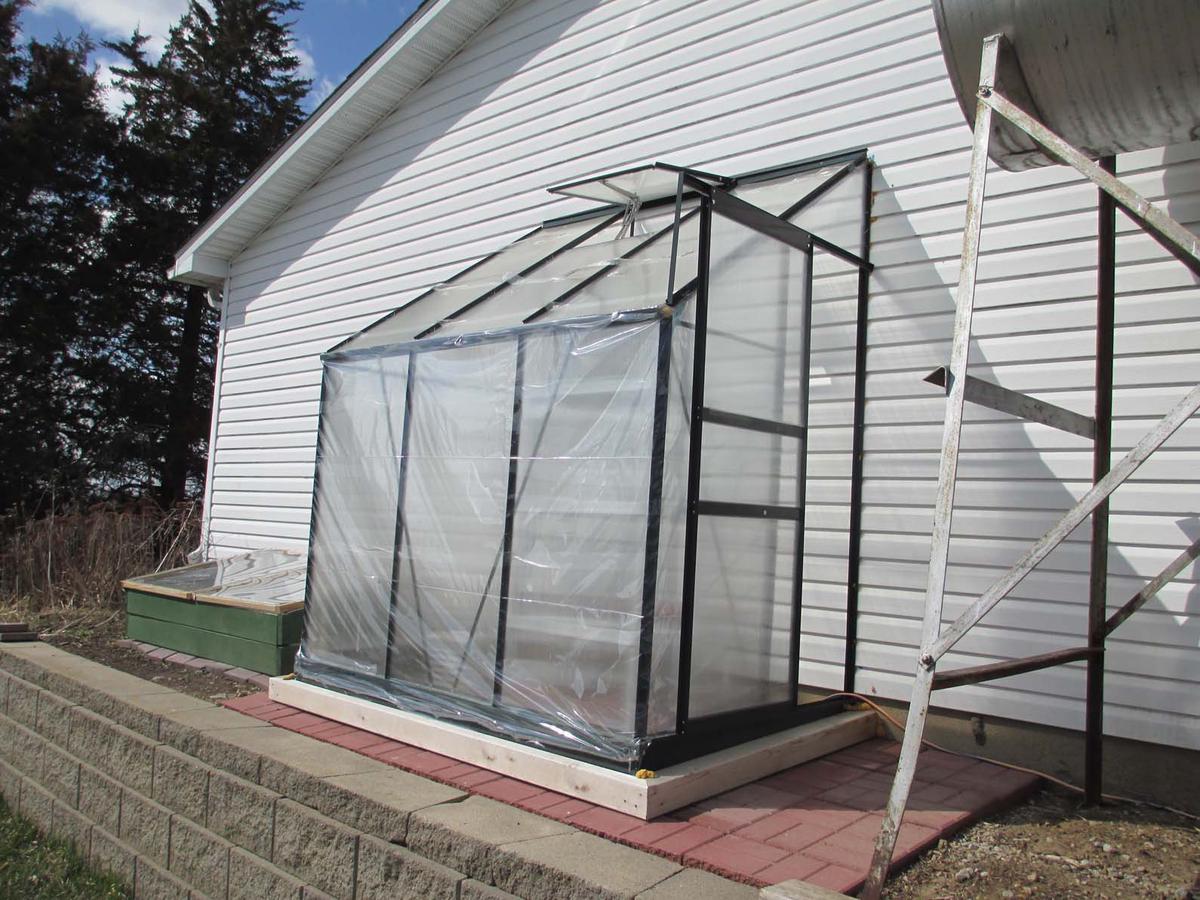
Greenhouse Installation Tips
Select a location that receives ample sunlight, ideally with a north-south orientation for consistent light throughout the day. Avoid areas prone to flooding or excessive wind, as these conditions can jeopardize the structure’s stability and plant health. A flat, well-draining spot is optimal; slightly sloping ground can facilitate better water drainage.
Prepare the foundation based on your greenhouse type. Options range from a simple layer of mulch for smaller pop-up styles to a more sturdy base such as concrete for larger, permanent structures. Ensure the foundation is level to prevent complications during assembly and operation.
When assembling the frame, organize all pieces and review the assembly instructions thoroughly. Use labels or sorting compartments to keep track of small parts. Assemble the frame on a calm day to avoid wind-related challenges.
Fit the panels securely to prevent heat from escaping and elements from entering. Most greenhouses are designed for DIY assembly with minimal tools, but an extra pair of hands can make the process more manageable.
Add interior fixtures such as shelves and potting benches once the main structure is secure. These help organize plants and add structural integrity. Consider installing automatic vent openers to maintain optimal climate control without daily manual adjustments.
Double-check all fasteners and seals to ensure everything is tight and secure. Address potential air gaps by applying weather stripping or additional caulking where necessary.
With careful planning, precise assembly, and attention to detail, you can create a robust environment that nurtures your gardening ambitions through every season.
Optimizing Plant Growth
Positioning your greenhouse to regulate temperature effectively is fundamental for optimizing plant growth. Mastering climate control within your greenhouse is crucial for year-round gardening success.
Effective temperature management often involves a combination of heat retention materials and strategic ventilation. UV-protective polycarbonate panels maintain internal warmth while protecting plants from harmful ultraviolet rays. These panels diffuse sunlight evenly, ensuring that even sensitive plants can thrive without overexposure.
Ventilation is pivotal for maintaining an even temperature and preventing hotspots that can lead to plant stress and disease vulnerability. Automated venting systems can open and close based on temperature fluctuations, optimizing air flow without constant manual adjustments. Roof vents allow hot air to escape, preventing excessive heat buildup.
Thermal mass objects such as water barrels or stone pathways inside the greenhouse can absorb heat during the warmest part of the day and slowly release it as the temperature cools, helping to stabilize the greenhouse climate.1
Stable environments deter pest invasions, which are often prompted by extreme moisture and temperature shifts. Regularly checking and maintaining the seals and closures of your greenhouse can mitigate the risk of pests by sealing out uninvited guests alongside harsh weather.
Implementing mesh screens on air vents can block common pests like aphids and whiteflies from entering while still allowing air circulation. Consider benign biological controls, such as introducing beneficial insects or using sticky traps, which are non-toxic and effective methods for keeping pest populations in check.2
By maintaining a balance between insulation and ventilation, utilizing UV-protective polycarbonate panels, and adopting strategic pest control measures, you can create and sustain an optimally controlled environment in your greenhouse. This ensures biodiversity, enhances plant health year-round, and enables gardeners to cultivate a thriving plant oasis that withstands the unpredictability of nature.
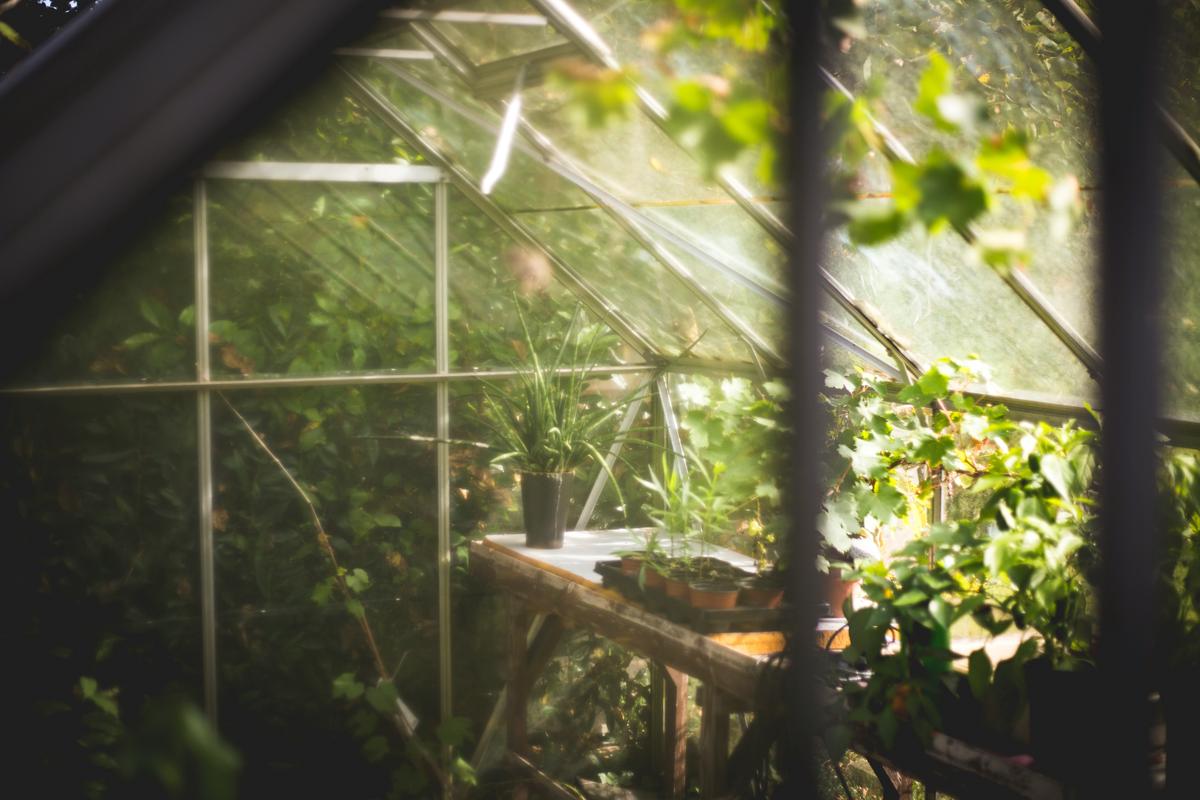
Selecting a greenhouse that aligns with your gardening ambitions and practical circumstances is essential. By focusing on creating optimal conditions for plant growth within budgetary constraints, gardeners can cultivate a thriving environment that supports their horticultural endeavors through every season.
- Jensen MH, Malter AJ. Protected agriculture: a global review. Washington, DC: World Bank; 1995.
- Gu S, Garratt J, Wilcox A, Dicke M. Biological control of insect and mite pests in greenhouse crops. Annu Rev Entomol. 2020;65:277-295.


